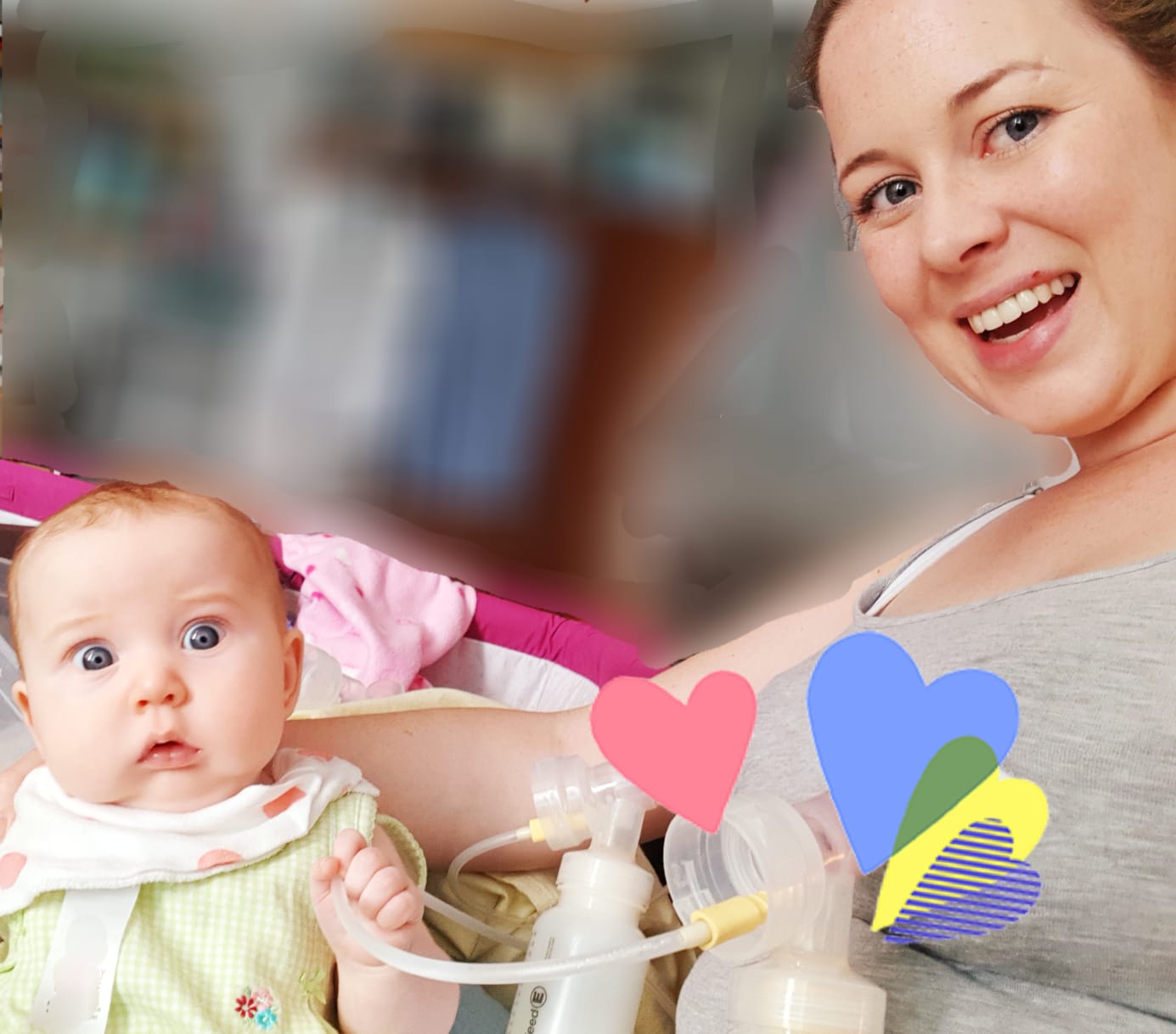Power Pumping
/Increasing Breast Milk Supply-Power Pumping
If you are exclusively expressing for your baby, for any reason it is important to replicate normal infant growth spurts. Baby’s who feed at the breast will naturally increase their feeds when they are due a developmental leap or growth spurt. However, a pump cannot recognise these millstones, so you will need to mimic your baby. This triggers an increased release of prolactin from the pituitary gland – the ‘make more milk!’ message.
Because breasts work on the principle of supply and demand, using a breast pump is often recommended once your milk has come in (around day 2 or 3 after birth). Before this it is best to use hand expression, as colostrum is made is small quantities and is thicker – thus harder to bring out with the manual pump. Regular pumping delivers to the brain a ‘make more milk!’ message and can be very effective in increasing supply. However despite regular pumping sessions many women do not see results as quickly or as effectively as they had hoped. Enter power pumping!
How do I power pump?
Firstly it is important to set yourself up with the right equipment. Ensure you are using a hospital grade, double breast pump. Most Irish hospitals use the Medela Symphony. Ask a member of staff to check that the flange (bit that goes over your nipple) is the correct fit. The standard size is 24 but many Irish women will need the 27. Get into a comfortable position, with your bottle of water, a snack and items from your baby (like photos, or something that smells of them)
Power pumping is not a replacement for regular breast pumping to increase supply. Instead, power pumping is intended to boost your progress by replacing one regular pumping session with a strategically designed alternative. It works by repeatedly emptying the breast, signalling the body to make more milk, more quickly. This is mimicking a baby’s ‘cluster feeding’, many do this in the evening time.
To power pump, pick one hour each day or night (eg. 8pm every night) and use the following pumping pattern:
Always begin with a good breast massage. Some coconut oil can help to minimise friction.
Pump for 20 minutes; then rest 10 minutes, massaging again.
Pump for another 10 minutes; rest for 10 minutes, massaging again.
Pump again for 10 minutes; finish.
This means you will have 40 minutes of active pumping in a 60 minute period. During the rest phase, massage your breast, look at photographs of your baby, smell an item that has been with your baby and relax.
You can watch a movie or read a book if it helps you to relax, do not focus on the pump and how much milk is coming out. This is not the aim. You are trying to trigger your body to make more milk tomorrow. You are not aiming for increased milk volume today. Try to view it as an hour each evening for you to put your feet up, have a nice treat and cup of tea and maybe watch a TV show.



